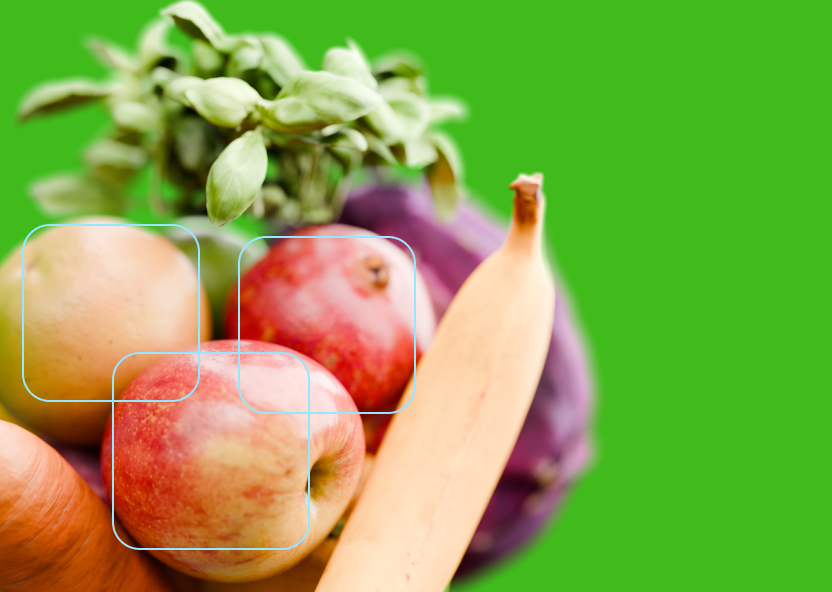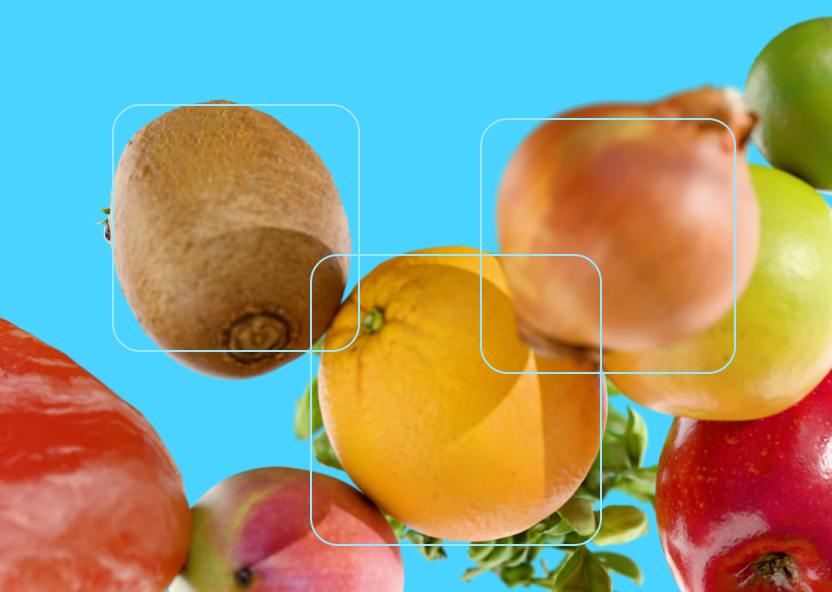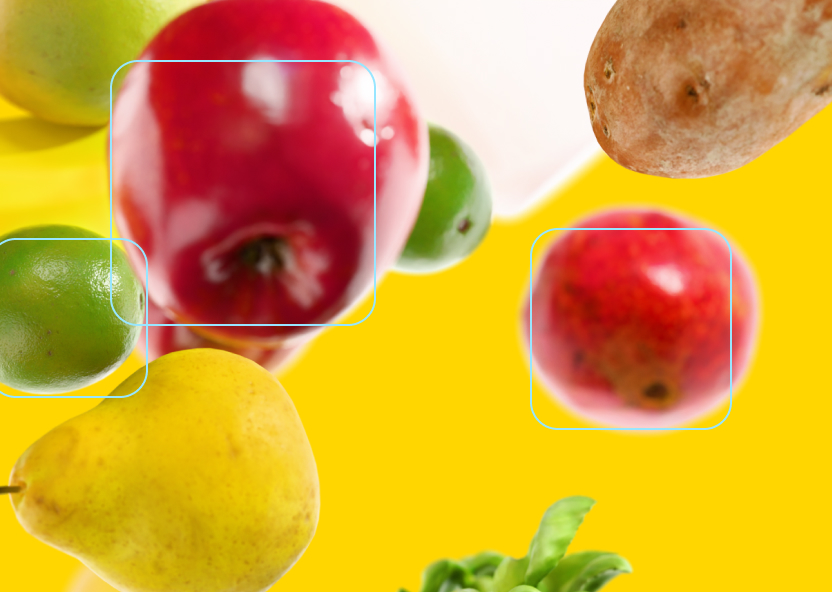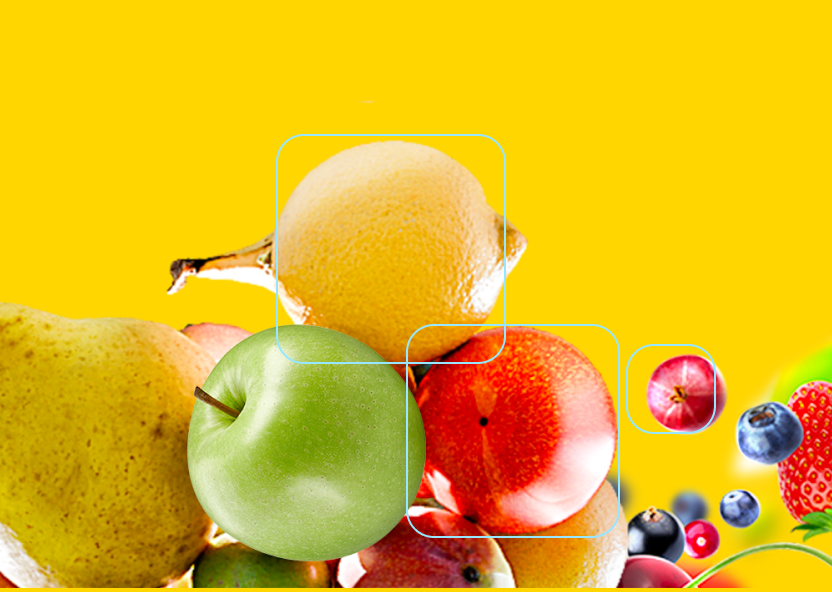Automated Quality Control: The Key To Loyalty In Fresh Produce Retail
- Quality Control App

Fresh produce is the heartbeat of grocery retail. For many shoppers, the quality of fruits and vegetables is a deciding factor in where they shop. But there’s a growing problem: customers are noticing a decline in quality. A recent report found that nearly a third of shoppers have observed a drop in supermarket food quality, even as prices continue to rise.
This perception is dangerous for retailers. With higher costs and lower satisfaction, customers are more likely to switch stores, seek out premium alternatives, or simply buy less fresh produce. In an industry where margins are already tight, this shift can be costly.
The Retailers That Solve This Problem Will Win
So, how can retailers stand out? The answer lies in consistency. The stores that can keep delivering high quality, visually appealing, and fresh produce will win customer trust and loyalty. Technology is the only scalable way to make that happen.
AI powered quality control is transforming fresh produce retail. Instead of relying on subjective human judgment and manual inspections, retailers and suppliers can now leverage data-driven, automated solutions to ensure that every item meets high standards.
In this article, we’ll explore:
- How fresh produce quality impacts customer loyalty
- Why traditional quality control methods fall short
- How AI-driven solutions like Clarifresh give retailers a competitive edge
Because in a world where customers feel like they’re getting less for more, the brands that deliver real value—in the form of reliable quality—will be the ones that thrive.
How Inconsistent Quality Hurts Customer Loyalty
When it comes to fruit and vegetables, customers don’t necessarily demand perfection. They demand predictability. If a shopper knows that every time they buy bananas from your store, they’ll be slightly underripe but never bruised, they’ll keep buying. They know what to expect, and that expectation becomes part of your store’s brand promise.
But when that promise breaks (even once), it can trigger a ripple effect that damages customer satisfaction and long-term loyalty.
The Real-World Impact of Inconsistent Produce
Research shows that nearly half of customers will stop shopping with a retailer after just one or two bad experiences. In the context of fresh produce, that could mean:
- A punnet of strawberries that looked fine on the shelf but went moldy the next morning.
- A mix of overripe and underripe avocados in the same bag.
- A head of lettuce that seemed crisp, only to wilt after a day in the fridge.
When these inconsistencies pile up, they don’t just affect the produce department. Shoppers start to question the entire store’s quality management process.
The Hidden Culprit: Manual Quality Control
In many retail environments, quality control is still heavily reliant on human judgment. That means checking for ripeness, color, firmness, or blemishes happens manually. Of course, this is subject to human error, fatigue, and repetitive tasks that erode accuracy.
Even top-tier produce exporters can only achieve around 65% reliability using manual quality control methods. That’s actually considered good by traditional standards. But in the age of AI-powered automation and real time data, “good enough” just isn’t enough, especially when customer loyalty is on the line.
Why Consistency Wins the Loyalty Game
Customers don’t need every apple to be flawless. But they do expect every shopping experience to be predictably good. When retailers can deliver that level of dependability, especially in a category as personal and tactile as produce, they become a trusted go-to.
That’s exactly the advantage that organizations gain by adopting automated quality control systems powered by artificial intelligence (AI) and machine learning algorithms. By removing subjectivity and replacing it with real time data, these tools ensure that only produce meeting consistent standards reaches the shelf. This leads to potentially transformative business benefits:
- Fewer customer complaints, because expectations and reality don’t diverge.
- Stronger service quality that’s more responsive to actual customer needs.
- Higher retention rates, as your supply chain partners come to associate you with consistency.
And because AI learns as it works, it unlocks continuous improvements, driving cost saving over time through smarter, more efficient processes.
The Role of Real Time Data in Improving Inventory Management
Managing inventory in fresh produce retail has always been a delicate balancing act. Order too much, and you’re dealing with shrink, waste, and reduced margins. Order too little, or at the wrong quality, and you risk empty shelves, missed sales, and unhappy customers.
The problem is that fresh produce is always in flux. Quality deteriorates quickly, and customer demand isn’t always predictable. To be useful at all, the quality control process needs a steady stream of data that refreshes in real time.
Not Just a Buzzword: Real Time Data That Drives Decisions
“Real time data” has become a staple in every tech pitch. But not all data is created equal. To truly impact inventory management, data has to be actionable, accurate, and integrated with day-to-day operations.
Here’s how real-time quality data from AI-powered solutions like Clarifresh transforms inventory decisions:
Dynamic Ordering Based on Quality Metrics
Instead of relying solely on quantity-based forecasts, retailers can now order based on actual, measured quality. If a supplier’s latest batch is trending underripe or inconsistent, procurement teams can make smarter calls—fast.
Optimizing Stock Rotation
With AI-powered insights into ripeness, shelf life, and defect rates, stock can be rotated more effectively at the store level. This minimizes waste while ensuring customers always get the best available produce.
Managing Seasonal Variations
Real-time quality data also helps teams respond more dynamically to seasonal fluctuations in supply and demand. Whether it’s handling an early harvest or adjusting to a mid-season quality dip, real-time insights allow for more precise planning.
With automated quality control systems, center agents and quality assurance teams gain access to real-time data across locations. This allows them to make faster, more informed decisions without being physically present, a major advantage for fresh produce organizations that have to coordinate farm, warehouse and shopfront.
How to Tell If a Solution Really Delivers
Anyone can claim to offer “real time data.” But if you’re evaluating vendors or partners, here are three key differentiators to look for:
- Integration with Existing Inventory Systems
Does the platform plug into your current tools, or will it create a silo? The best solutions enhance your existing workflow, not replace it. - Predictive Analytics for Demand Forecasting
Is the system just telling you what’s happening now, or is it helping you prepare for what’s next? True value comes from forecasting trends, not just reacting to them. - Elimination of Guesswork with AI-Powered Insights
Manual estimation and gut-feel decisions don’t scale. Automated quality management powered by machine learning algorithms can spot patterns and anomalies far faster (and more accurately) than any human team.
Fresh Produce Businesses Using Clarifresh See Higher Customer Satisfaction & Repeat Business
At the end of the day, fresh produce isn’t just another category, it’s a loyalty driver. When shoppers trust your quality, they come back. When they don’t, they don’t.
Organizations that implement Clarifresh are raising the bar for customer satisfaction and repeat business by delivering what today’s consumers value most: consistency, freshness, and transparency. With AI-powered, real-time data at the core of their quality management process, they’re able to:
- Catch quality issues before they reach the shelves.
- Order smarter, rotate stock better, and reduce waste.
- Apply a common language of quality across teams and suppliers.
- Eliminate the guesswork and human error of traditional inspections.
Above all, these retailers are building trust. Trust leads to loyalty.
As the industry shifts toward smarter, scalable solutions, retailers who invest in tools like Clarifresh are future-proofing their customer relationships.



